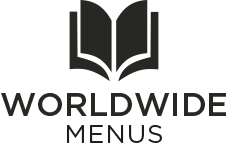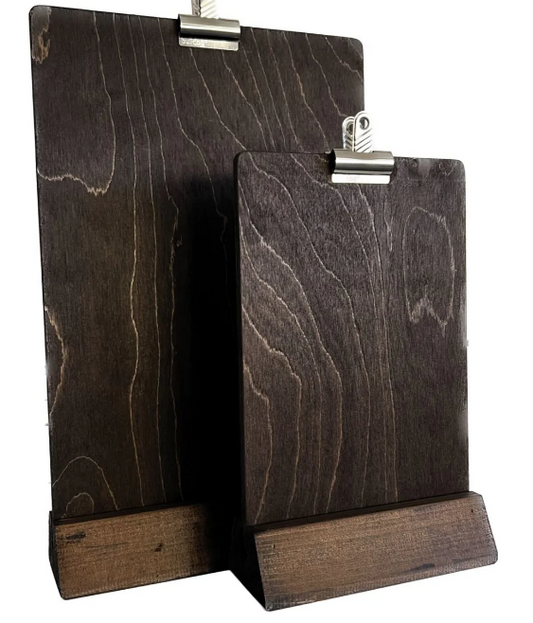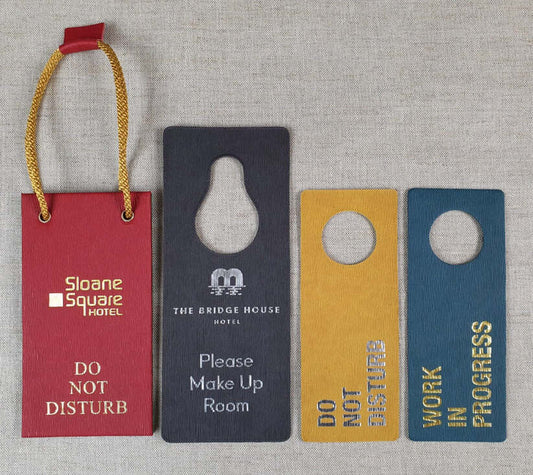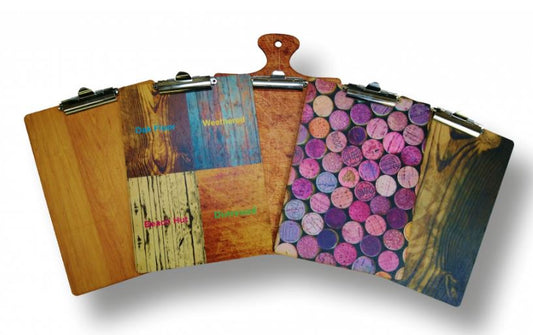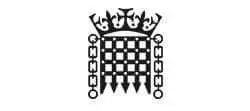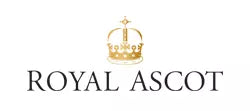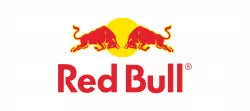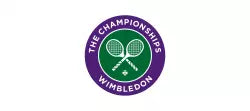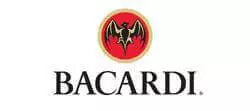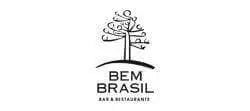Using the terms "gluten-free" or "gluten-free ingredients"
The new EU Food Information Regulations will have a huge impact on the hospitality industry, as well as clients with food allergies or intolerances. For food service providers, the words "gluten free" and "no gluten containing products" generally present difficulties and possibilities.
There are allergy charts available
Charts are frequently accessible on the restaurant's website or at the venue; however, for the celiac or allergy consumer, they can be a negative because they contain a lot of red showing what is not available, and reading the small text requires a magnifying lens.
Many employees, in my experience, do not comprehend the charts, and businesses differ in how they provide information, so as a consumer, training yourself to grasp the chart might take a long time!
Increase your client base by include coeliacs on your menu.
The food service sector's gluten-free offering is projected to be worth £100 million; if other allergies are added, this figure may treble if the hospitality industry is prepared to take on the problems that this client type presents.
Menus that are gluten-free
Large corporations have jumped on the gluten-free and dairy-free bandwagon, but are they getting it right? Is it acceptable to transfer products from a regular menu to a special menu without prior approval, and are employees trained on how to handle customer requests and expectations when special menus are provided?
SME enterprises, on the other hand, are less likely to have a distinct menu, preferring to alter existing products from their main menu to order, since they have greater flexibility, allowing the kitchen to handle demands that aren't typical. Should, however, catering to celiac customers become the norm? The EU law FIR 1169/2011 will go a long way toward ensuring that customers are given the information they need to make an educated decision about where they may safely dine out, and that companies offer this information as the standard.
Larger chains give gluten-free information and rules on their websites; however, this material is not necessarily accurate and may be provided by their marketing department, which lacks the necessary understanding. The policy on the internet may often feel like a tick-box exercise: I've found that most employees, even managers, aren't usually taught to comprehend their own allergy rules.
1169/2011 EU Food Information Regulations
The EU FIR, which takes effect on December 13, 2014, will compel all catering businesses to publish allergy information, including gluten-containing cereals, in writing.
The server can provide particular information verbally, but the specifics must be clear and consistent, and more backup information must be accessible upon request.
Unintentional allergies, on the other hand, are not covered by existing regulation (cross contamination). However, the FIR has an item that will include the option of introducing a regulation on the dangers of cross contamination in the future, after additional study on thresholds is completed.
Cross-contamination hazards being communicated might be viewed as a benefit.
Establishments should be aware that people with coeliac disease or gluten intolerance want to know about the dangers of cross contamination in their establishment, thus a blanket remark like "all meals may contain gluten" isn't useful, even if the risk of contact is minimal.
Having an allergy policy in place that outlines your company's best practises can provide confidence, and providing this information will demonstrate that your company is willing to accommodate celiac customers by allowing them to assess the risk and place suitable orders.
Gluten-free certification
To get independent proof of your products' gluten-free status and fulfil rising customer demands, you must obtain a Gluten-Free certification.
Gluten-free goods are becoming increasingly popular across the world. It is expected to grow from $5.6 billion in 2020 to $8.3 billion by 2025. A growing number of individuals are being diagnosed with celiac disease or gluten sensitivity in the United States and Europe. This is a critical component in market expansion. The majority of recent advances in this sector, however, may be ascribed to consumer beliefs that gluten-free goods are healthier than gluten-containing meals. Demand has also been boosted by strong retail presence and government initiatives in certain areas. Obtaining certification helps reassure gluten-free food shoppers that your items satisfy their needs.
